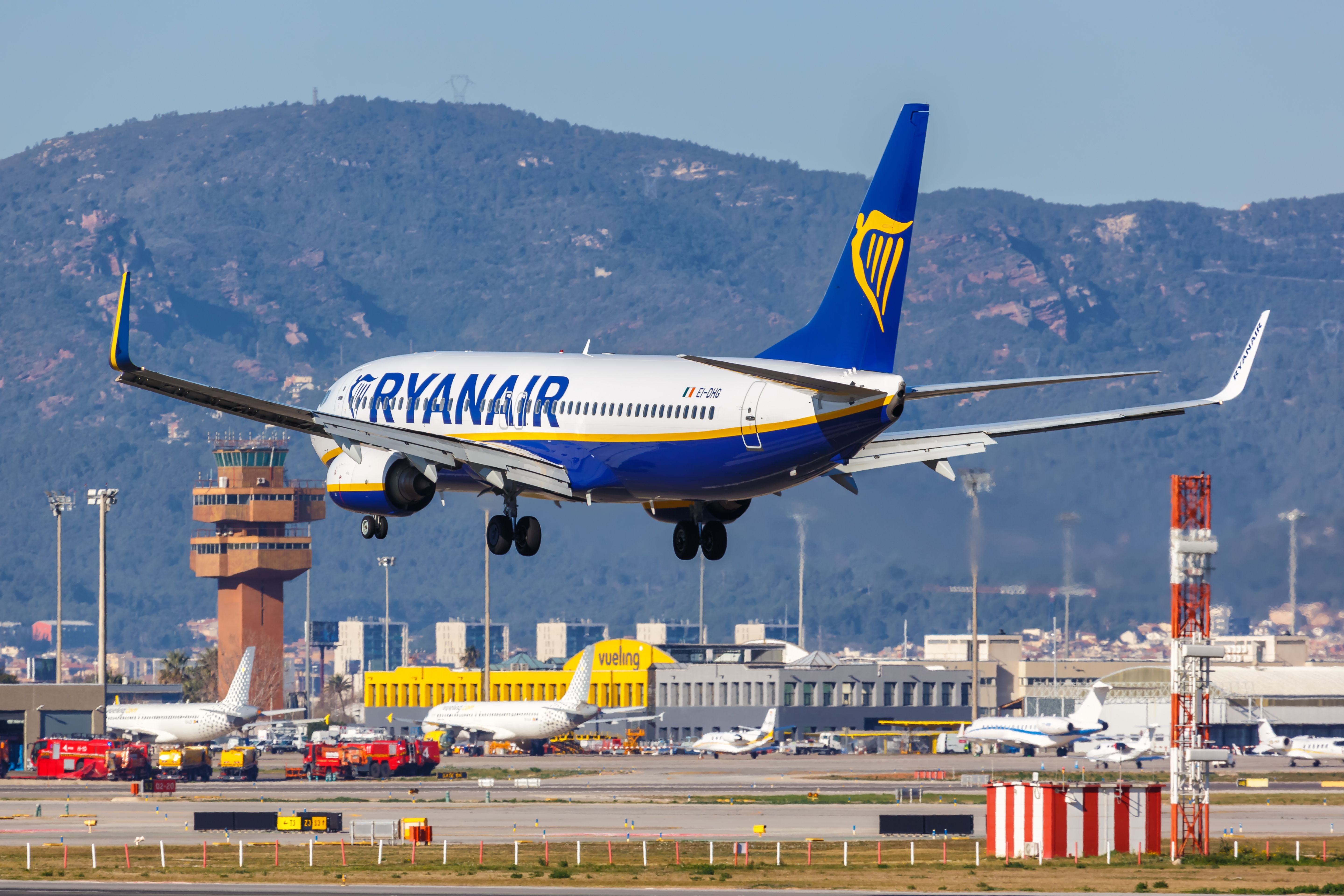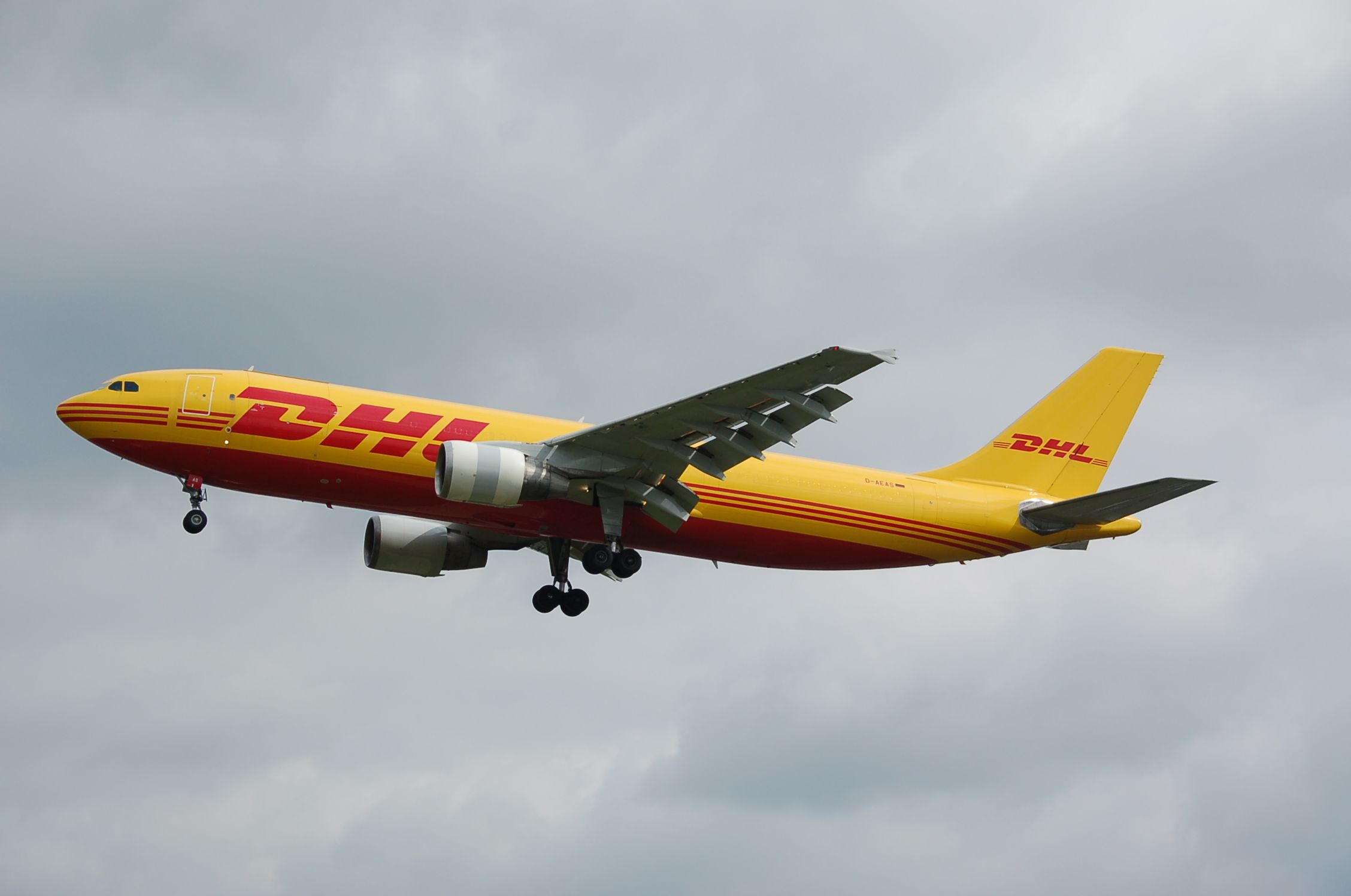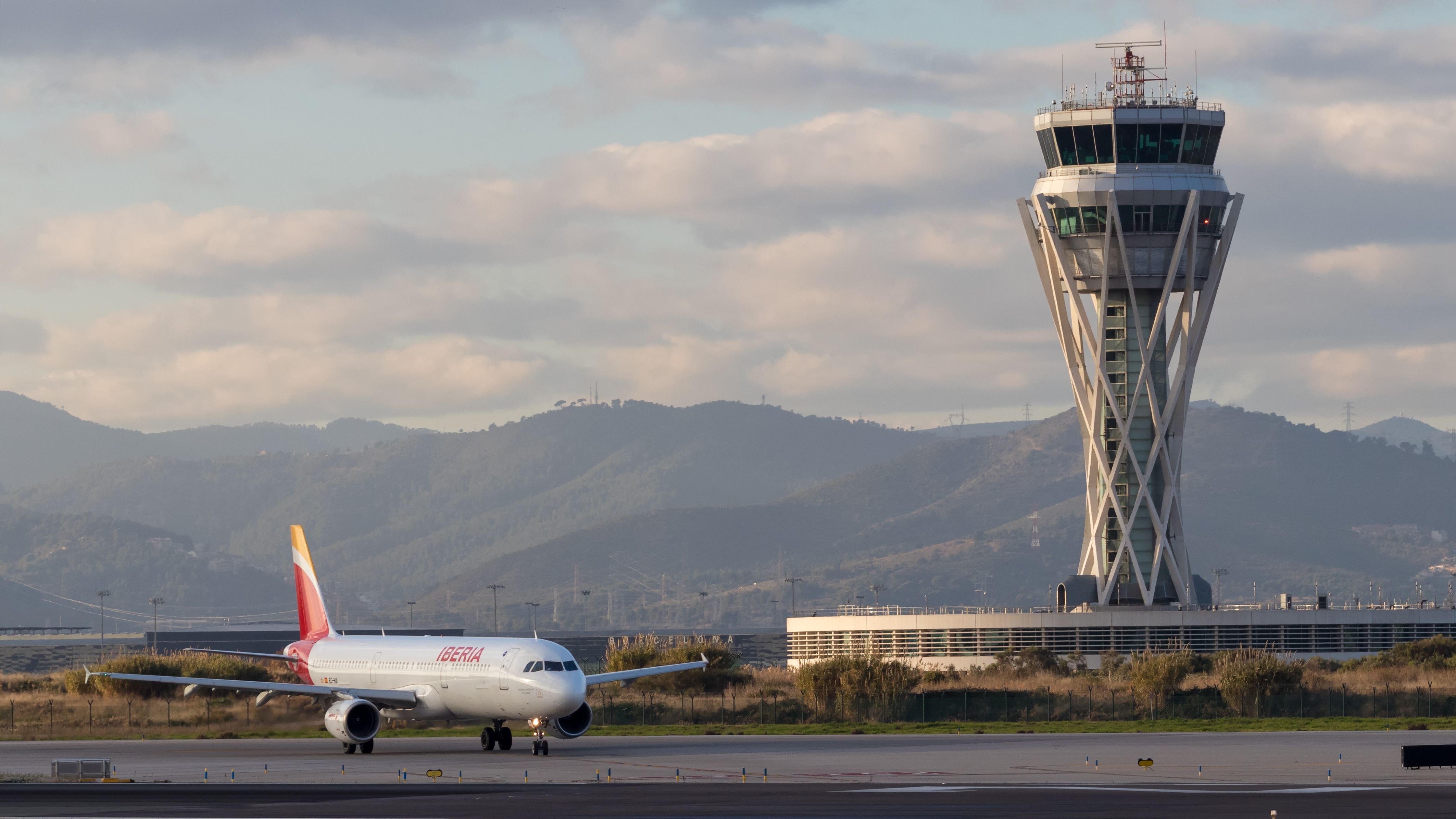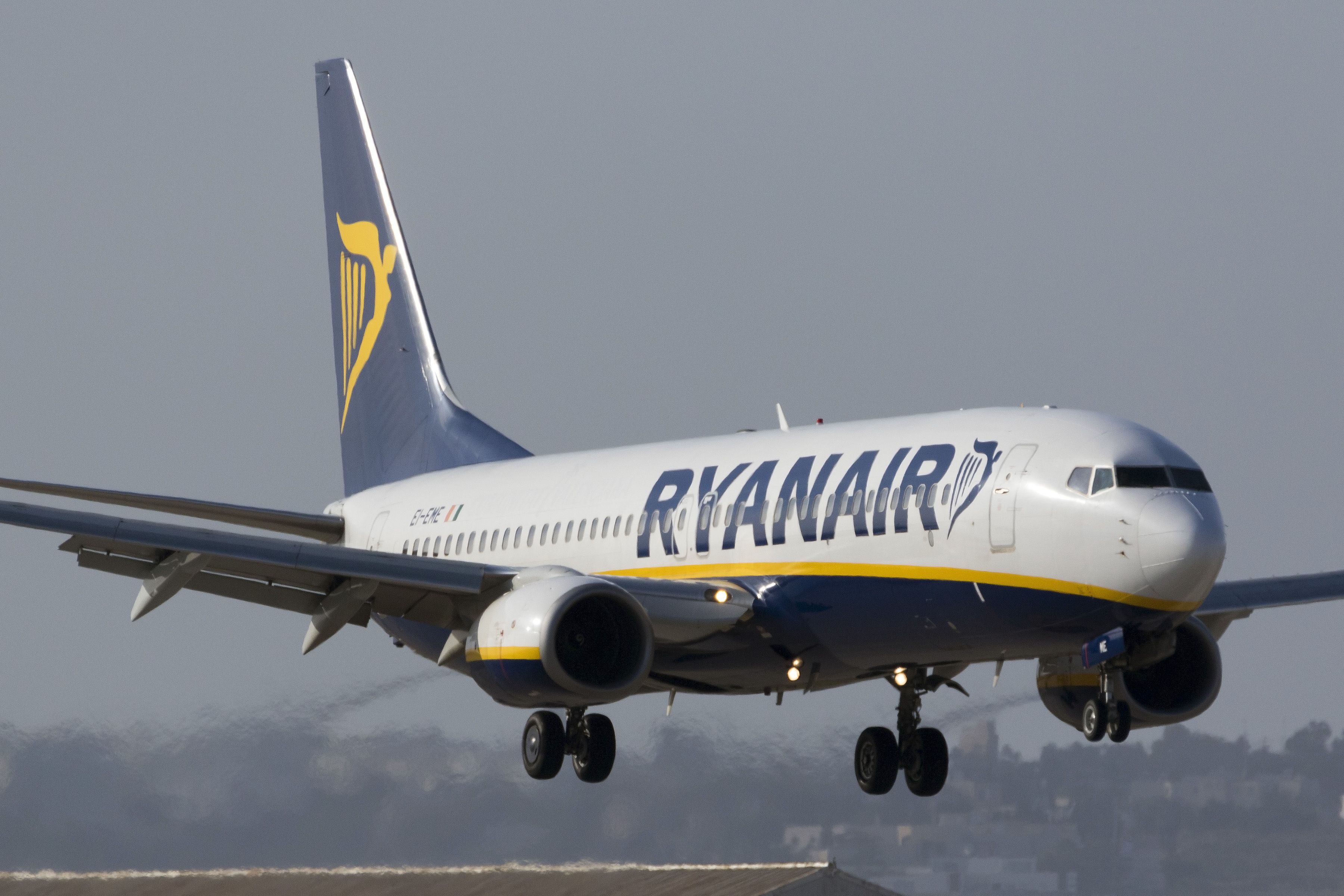Spain's aviation safety investigator has released its final report on the near-miss between a Ryanair and EAT Leipzig aircraft last summer. The report concludes that non-compliance with procedures on the part of air traffic control (ATC) and EAT crew's failure to immediately inform ATC it was performing a missed approach was to blame.
Report on Ryanair-EAT incident released
As reported on AviationHerald, Spain's Civil Aviation Accident and Incident Investigation Commission (CIAIAC) released its final report on the midair scare, which occurred in June 2022. For those unfamiliar with this incident, a Ryanair Boeing 737-800 - which had just taken off from Barcelona-El Prat Airport (BCN) - almost collided with an EAT Leipzig Airbus A300-600 performing a missed approach. Flight data shows that the two planes came within just a few hundred feet of one another, with both flights escaping unscathed and continuing to their final destinations.
The report has concluded that the incident was caused by both "the non-compliance of procedures on the part of the control services" and "the fact that the Airbus A300-600 [EAT Leipzig] crew failed to immediately notify their intention to execute a missed approach." As for the Ryanair crew's role in the incident, the report states that they were in full compliance with ATC commands and executed their takeoff in accordance with procedures.
ATC mistakes
The report concluded that failures on the part of air traffic controllers were in large part to blame. After granting authorization for the Ryanair Boeing 737 to take off, a local ATC controller recognized the possible collision and made the decision to increase the vertical separation between the two planes, a decision that wasn't theirs to make as it falls within the purview of approach control (APP).
The report adds that, following takeoff authorization for the Ryanair aircraft, the local controller "should have transferred both aircraft as soon as possible so that APP LECB could separate them as it saw fit."
The local controller eventually did hand off to approach control, which incorrectly believed that the Airbus A300 would climb to 3,000ft and not 1,500ft. Because of this, approach control ordered the Ryanair 737 to stop climbing and remain at 2,000ft.
The report explains,
"His resolution of the conflict was flawed because he stopped the climb of the Boeing 737-800 aircraft immediately after take-off and instructed the crew to remain at 2,000 ft, thinking that the Airbus aircraft would climb to 3,000 ft and not taking into account that the procedure for that runway configuration stipulates that they should remain at 1,500 ft when executing a missed approach."
Discover more aviation news with Simple Flying.
EAT crew didn't take initiative
As the Airbus A300 was on approach to Barcelona, EAT Leipzig pilots received a warning regarding their secondary flight control configuration - prompting a decision to perform a missed approach - but did not immediately inform ATC of their intention to do so. In fact, the crew only communicated this to ATC after receiving a late clearance to land, with a total of 54 seconds between the warning and informing ATC.
The report stated,
"Instead of expressly contacting control to advise them of their decision to execute a missed approach, they did so on the back of another communication from the control services, informing them that they would receive a late clearance to land. This means that 54 seconds elapsed, which should have been sufficient time for them to take the initiative and inform control that they would be executing a missed approach. They should have been the ones to inform the control services at the earliest opportunity."
Fortunately, EAT pilots descended from 1,500ft to 1,200ft after receiving a traffic collision avoidance system (TCAS) warning, which could have saved the day.
Other incidents
This isn't the first near-miss Ryanair has been involved in over Spain. Back in 2018, two Ryanair planes almost collided with one another over Northern Spain - the two Boeing 737s, flying at 34,000ft, came within less than 400ft of each other after receiving conflicting instructions from ATC.
An air traffic controller from a neighboring ATC sector based in Bordeaux had to inform their Madrid counterpart - apparently unaware of the unfolding situation - and disaster was averted.
What do you think was to blame for this near-miss? Let us know in the comments.
Source: AviationHerald




